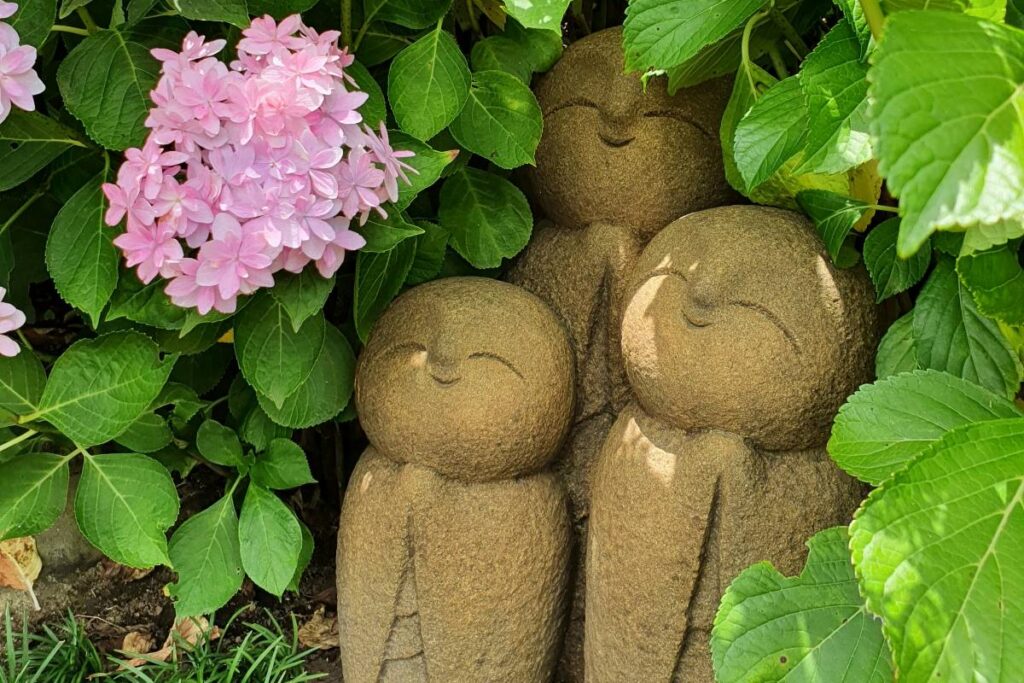Welcome to 30 do’s and don’ts in Japan
With 7 visits between us and living here for a few years, we’ve collected a wealth of invaluable experience and essential Japan travel tips. Whether it’s your first visit or you’re returning for another fun trip, these Japan travel tips will help you prepare for jumping into a different culture and getting the most out of your time in Japan!
Don’t worry if you forget and do everything wrong. You can always fall back on the trusty “Gaijin pass”, which means as a foreigner you are forgiven for not knowing the intricacies of Japanese culture and society :). In any case, your attempt at politeness will be noticed!

1. Escalators – your first glimpse at how orderly Japanese culture is
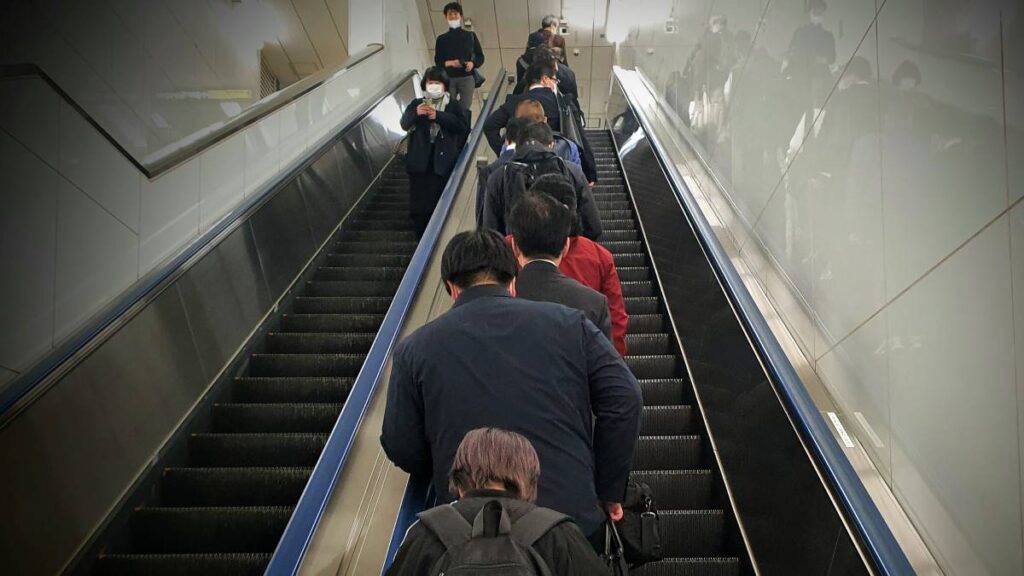
Escalators in Japan have their own “road rules”. If you’re standing on the escalator, stand on the left. Likewise, if you have a suitcase, the suitcase also goes on the left either in front of or behind you. This leaves the right hand lane free for people to walk up.
However! In Osaka the lanes are reversed! So stand on the right and leave the left hand lane free. It’s always a bit confusing getting off the Shinkansen from Tokyo to Osaka, the first escalator is always a bit jumbled but after that it’s as orderly as the roads.
2. Don’t touch the taxi!
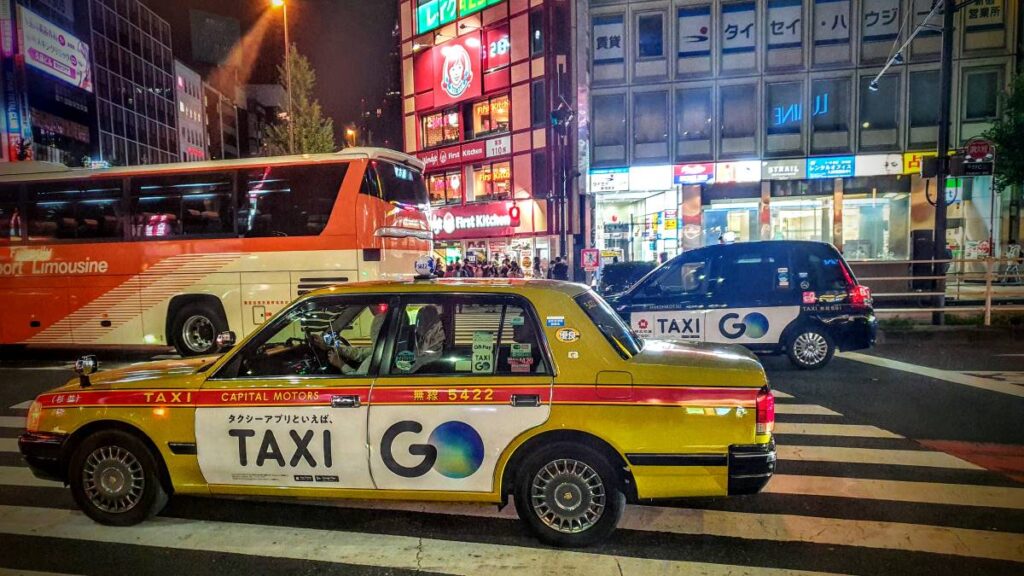
When you’re catching a taxi in Japan, the drivers open and close the back passenger doors automatically so don’t touch the doors unless you’re riding in the front!
3. Lining up waiting for a train
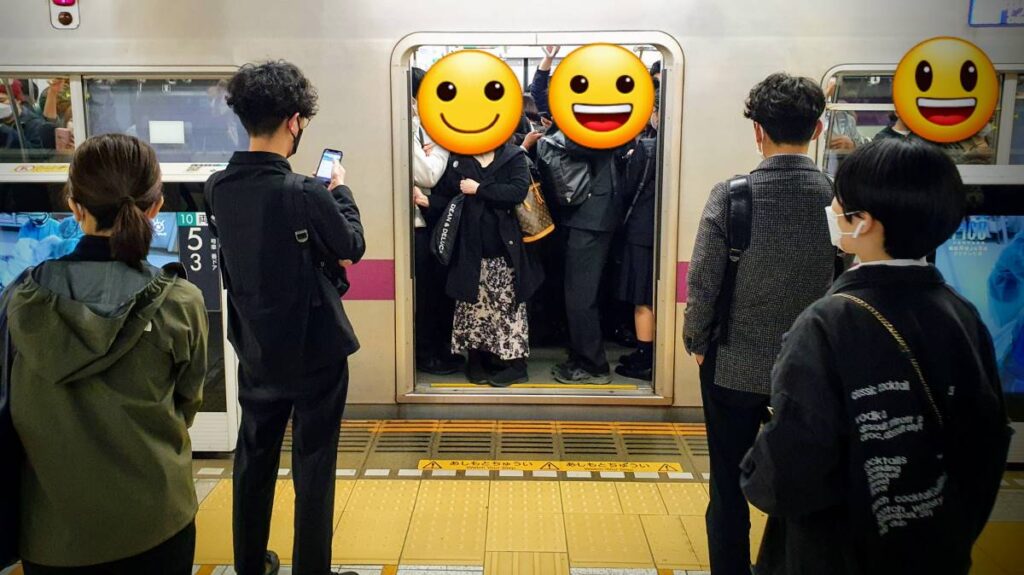
Another testament of Japan’s efficiency. Trains don’t stop for that long, so in order to unload and load large numbers of people, you need to line up when waiting for a train. Trains always stop at the same place on the platforms, and where the train doors will be is painted on the platform. Form two lines either side of the door, and wait for people to get off the train. The central passage between these queues is for people exiting the train, and after they’ve gotten off, smartly get on.
4. Chopstick etiquette
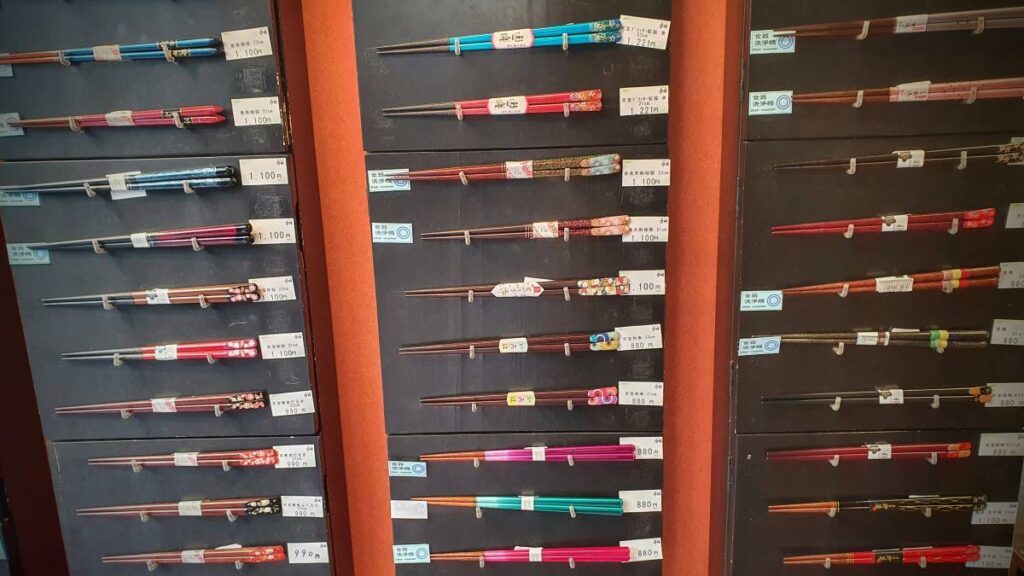
Three rules here, first two are extremely important! Don’t rest your chopsticks standing up in your food. This is only done at funerals, where chopsticks are stood up in food that is an offering to the deceased. So a very bad omen for the living!
Don’t pass food chopstick to chopstick. If you want to pass food to someone, use your chopsticks to put it onto a plate, and the other person can take the food from the plate with their chopsticks. Passing chopstick to chopstick is again reserved for funerals, where the cremated bones of your beloved are passed directly between each each family member.
Not as bad as the first two, but don’t rub your chopsticks together. Common practice by foreigners with waribashi (disposable chopsticks), but it’s just seen as rude.
5. Slurp away!
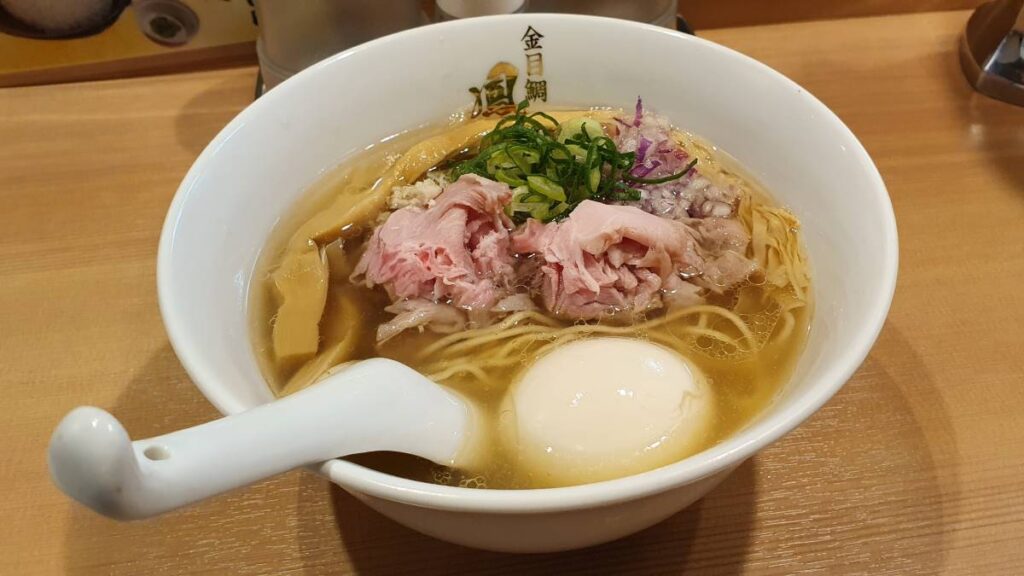
Slurping noodles or soup is a no-no in the West, but not considered rude here in Japan!
6. Kanpai (cheers!)
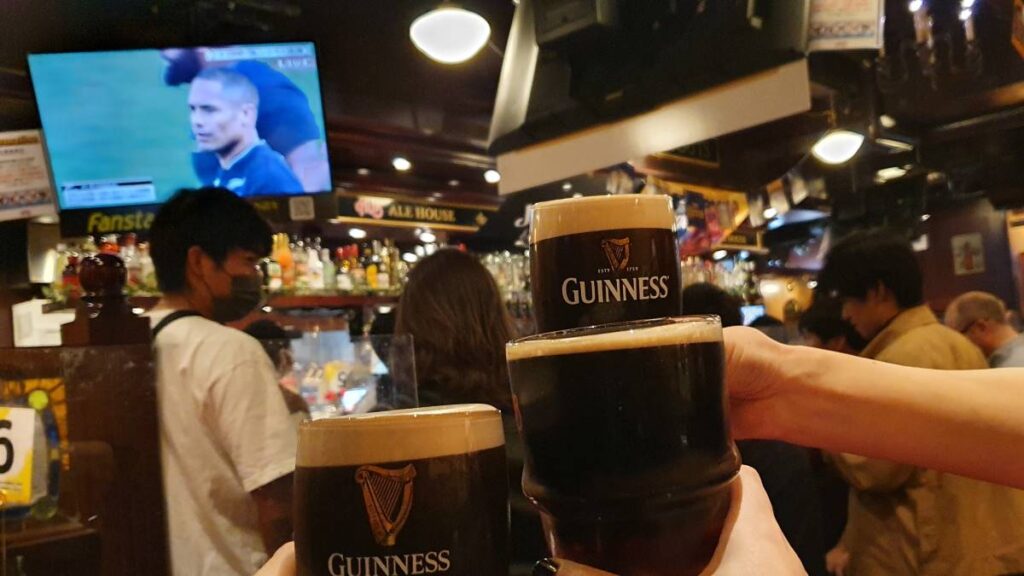
A nice to know – say kanpai as you chink your drinks together. This is the Japanese word for cheers. One thing to note is that as you chink your glasses together, you show respect by the height of your glass relative to others – people with higher social status hold their glasses higher. So if you’re out drinking with your boss, or client, make sure your glass is below theirs as you kanpai! And you should show similar respect to family or friends older than you.
7. Itadakimasu, and Gochisosama deshita
Pre and post meal table manners. Saying itadakimasu before you start eating is polite, and literally means “I humbly receive”. Likewise, saying gochisosama deshita after you finish eating is polite, and means “thank you for the meal”.
Hot tip #1 – if someone paid for your meal, you can say gochisosama deshita to them as “thank you for paying”.
Hot tip #2 – you can say gochisosama deshita as you are leaving a restaurant instead of arigato gozaimasu and you will impress all of the locals!
8. Walking and eating
You won’t really see anyone walking while eating. The social norm when buying street food or finger food from the convenience store, is to stand and eat it outside of the shop, rather than walk and eat. The convenience of this is that you can give any rubbish back to the food stall, or use the convenience store bins.
9. Where’s the bin!?

Rubbish bins (trash cans) are far and few in between. Convenience stores have bins (sorted for burnables, plastic bottles, paper and unburnables), and some vending machines have bins for plastic bottles and cans, otherwise, you have to carry your rubbish on you until you get home.
This also goes for movie theatres and stadiums, etc. Don’t leave your rubbish at your seat, take it with you as you leave. Luckily those places will have bins for you to use.
10. Bowing
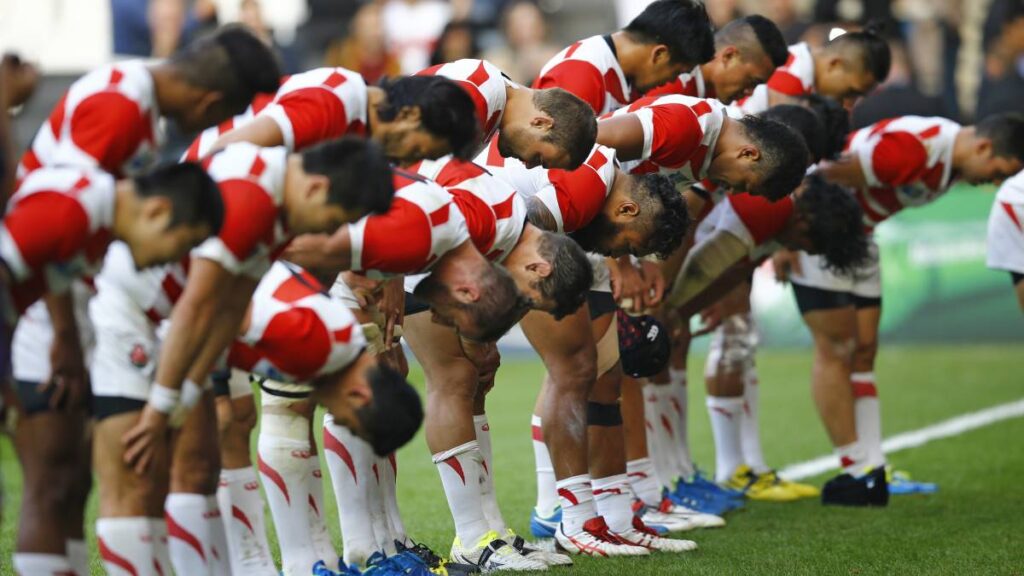
You’ll see bowing everywhere in Japan, and not only as an alternative to shaking hands. Saying hello gets a small head nod, sumimasen (excuse me) and arigato (thanks) gets a slight ‘head and shoulders’ bow, ‘nice to meet you’ and entering a temple or shrine gets a full 30 degree bow, apologizing gets anywhere from a slight bow to a full 90 degree bow depending on the severity 🙂
11. Don’t blow your nose in public
If you need to you need to but if you can, go to the bathroom or at least turn away from people before you blow your nose.
12. Cash is king
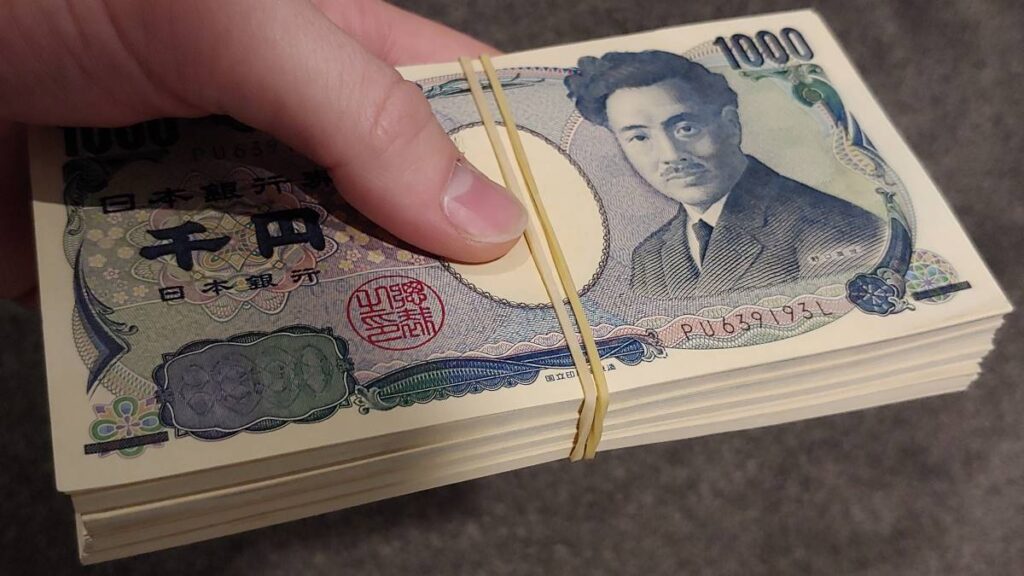
Japan is mainly a cash-based society, there are still many places that only accept cash. Many bars, markets, small shops, and local restaurants only accept payment in cash, particularly in rural areas. You will probably need to carry more hard cash than you’re used to. It’s good to have a credit card or debit card on you for emergencies as most foreign Visa and Mastercards will work, and many big chain stores and restaurants do accept cards, however, it is generally a safer bet to just have cash.
13. Get ready to pay and use the tray
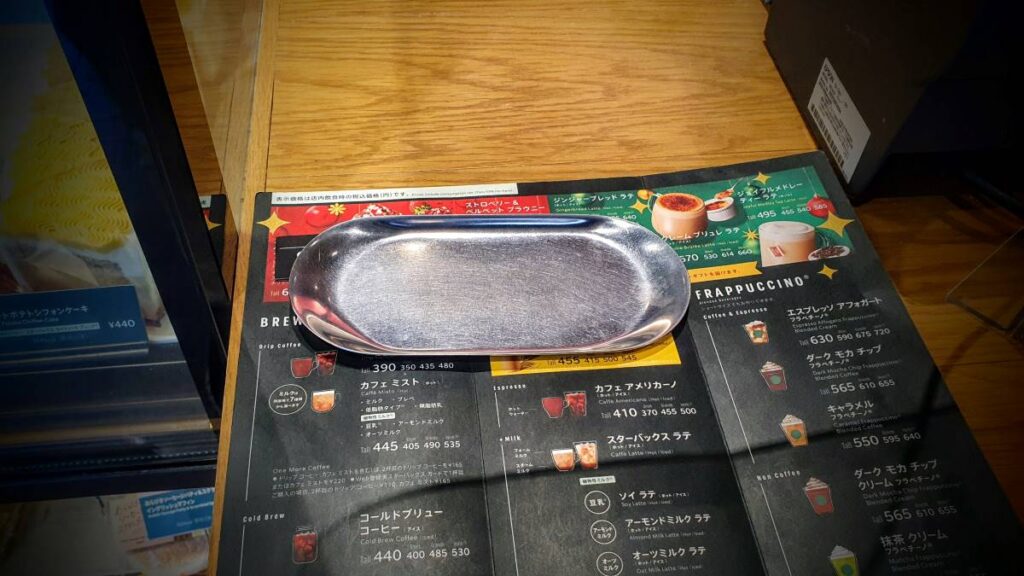
Japanese society is very efficient, and Japanese people don’t want to inconvenience others. So, it’s very normal to prepare your cash for payment while you are waiting in line for the register. This isn’t a biggy, just nice to keep in mind.
When you reach the counter to pay there will be a small tray on top, usually an oval plastic dish or a rectangular leather-looking tray. Money is rarely passed hand to hand, so just set your cash down with notes on the bottom and coins spread out on top. The cashier will take the tray, and process your transaction then usually they put your receipt and change back on the tray for you to grab.
14. Take your change
There is no tipping culture in Japan. So make sure to always take your change. You may find that if you do forget to take your change the shop assistant will chase after you to make sure you get your money.
15. Keep it down
When you are riding on public transport it is best to talk to the people you are travelling with quietly. You will probably notice that most people ride the buses and trains in silence or take a nap while riding. This is often because that can be some people’s only “quiet time” during their busy days. There is an idea in Japan that foreigners are noisy and boisterous so chatting to your buddies quietly on the trains and busses is considered polite behaviour.
One no-no on the train that you will see signposted around is talking on your cell phone. You will see signs saying please have your phone on “manner-mode” which means on silent or vibrate and to not talk on the phone while riding.
16. Riding the bus
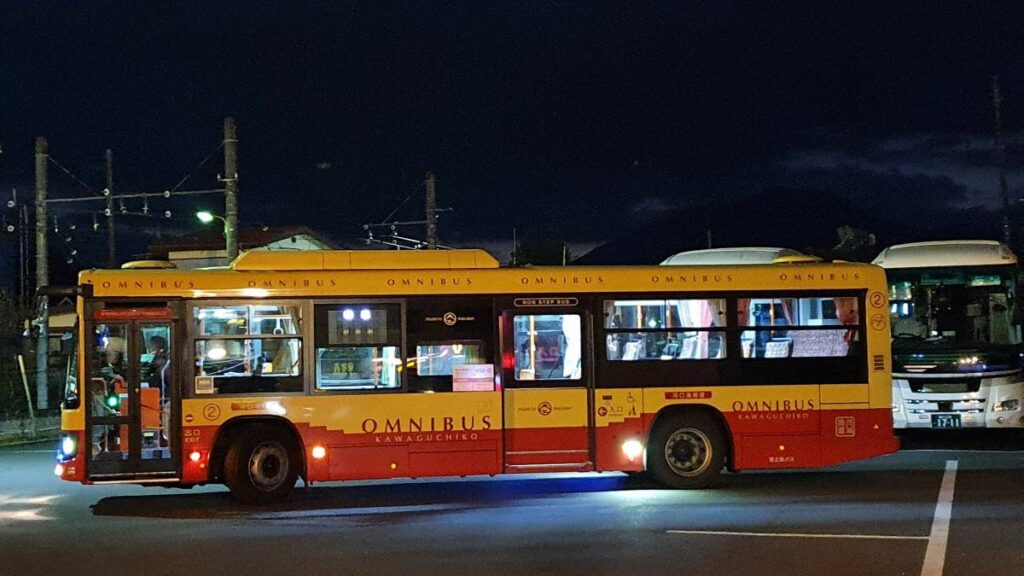
Riding the bus can be a little different depending on where you are catching it. There are a few different payment systems.
Sometimes you tap on at the front of the bus and exit at the back. Sometimes you tap on at the back and exit at the front.
Sometimes you have to tap on and tap off. The best bet is to just follow what people ahead of you are doing and see if they tap on and off. If you’re just catching the bus within Tokyo’s 23 wards then you board from the front, exit from the back and only tap on the once when you board as the bus is a flat fare within Tokyo.
17. Just keep swimming (with the crowd)
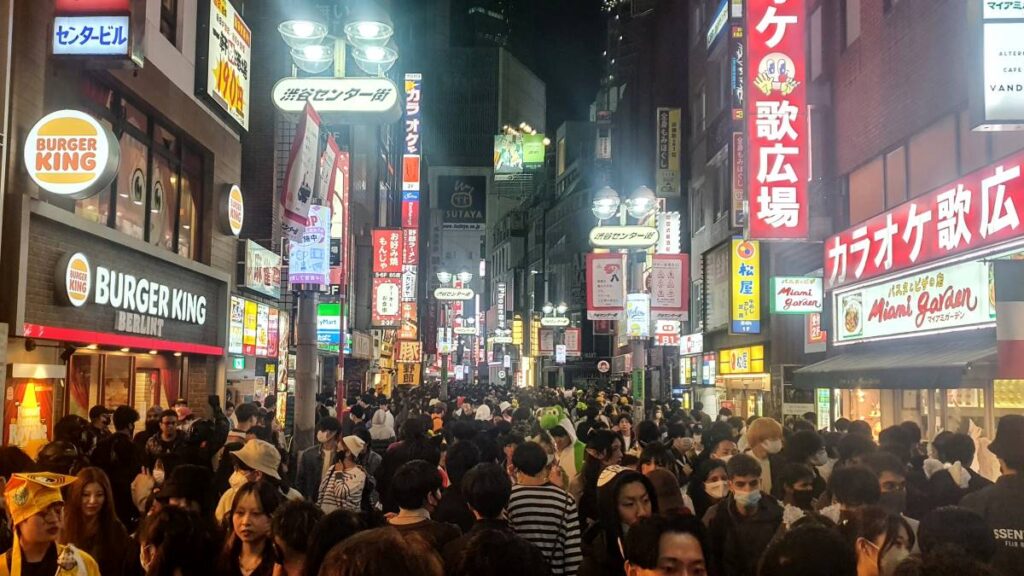
Coming from a small country like New Zealand where we down really have streets crowded with pedestrians it can be a little bit of a culture shock walking around. Our tip for walking around in crowded areas is to just take it slow and go with the flow. Tip is to never stop, i.e. to let someone in ahead of you (which may be the polite thing to do back home), as you will end up with people behind you knocking into you. So instead of stopping, slow down or change direction, and channel your inner Dori!
18. Pedestrian crossings
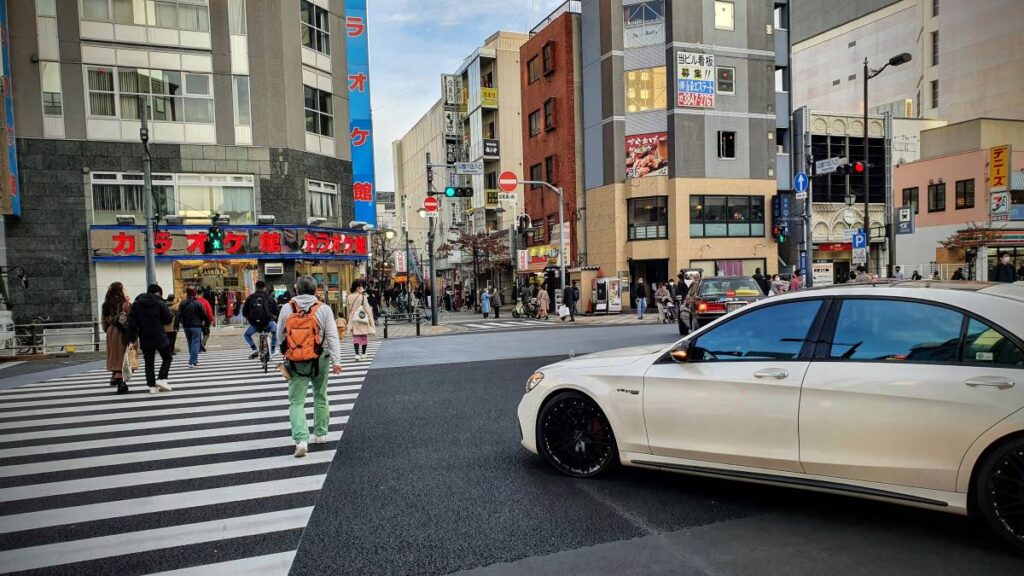
This one gave me a little bit of a fright when I first arrived but when the pedestrian crossing light turns green, start walking, the cars will nudge right into and pass through the pedestrian crossing anyway but they will give way to you so just keep walking, you don’t need to stop and wait for the cars inching their way in.
19. Biking on the footpath
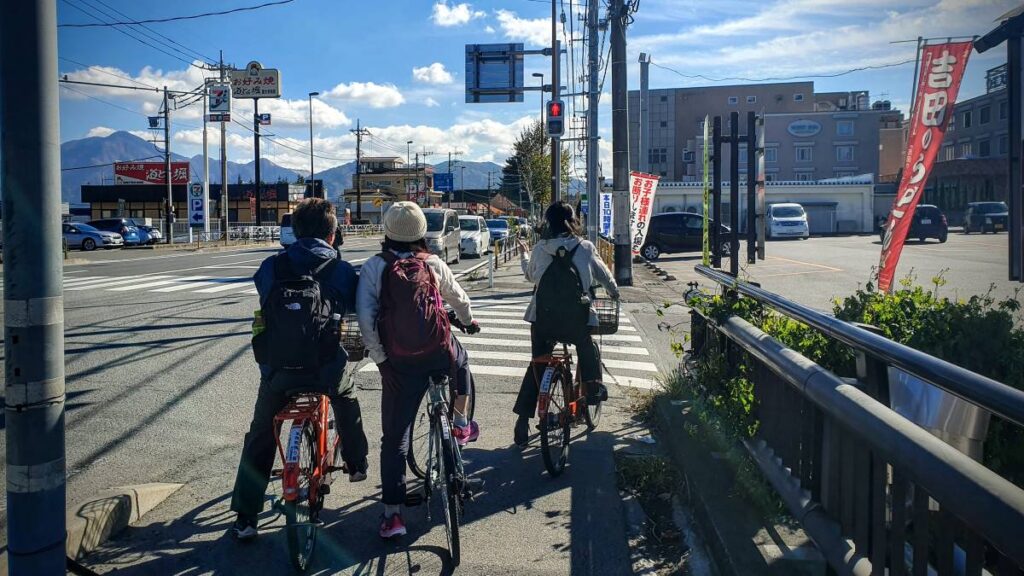
Biking on the footpath is completely legal, and people are actually discouraged from biking on the roads. If you are biking on the road, stick left.
20. Arrive on time
Japanese society is extremely punctual. Whether you have a business meeting or just meeting a friend, arrive 5 or 10 minutes early.
21. Business cards (meishi)
Very important point to give a good impression and show that you’ve done your homework on Japan. You must give and receive business cards with two hands. And give a bow as you give or receive the business card. An extra detail when giving your business card to someone, hold it in the landscape orientation facing the person you are giving it to.
22. Jaywalking
Jaywalking is illegal, and most people will wait for the pedestrian lights to turn green before crossing, even in the middle of the night when there is not a single car in sight.
23. Taking your shoes off
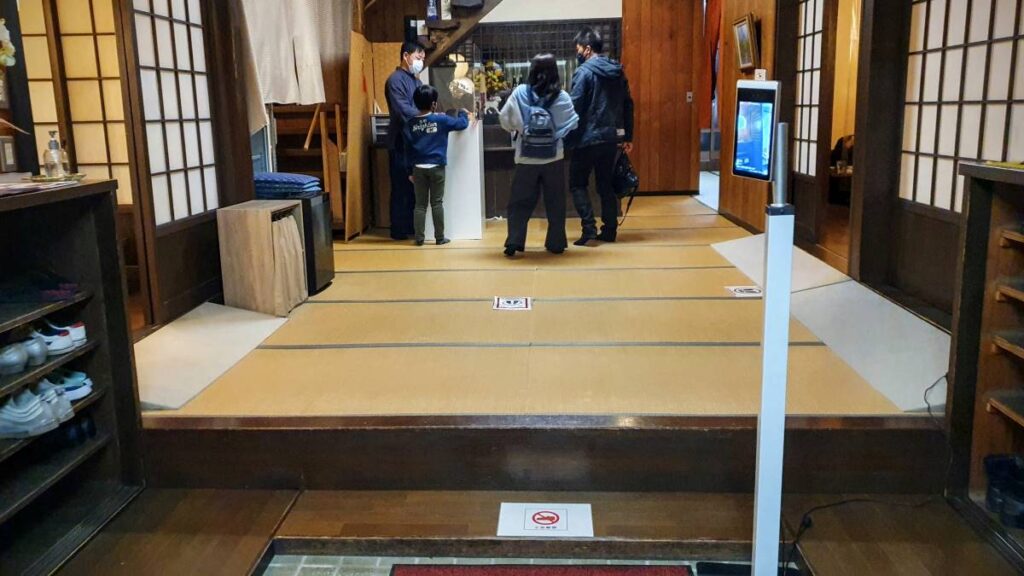
Taking your shoes off is a must when entering a house, a ryokan (traditional Japanese inn), or some tourist attractions like castles or other traditional buildings. Oh, and other unusual places like fitting rooms, even if you’re just trying on a t-shirt!
There are a few cues for you to take off your shoes.
1) If you see tatami, you must take your shoes off.
2) If you see a bunch of slippers lined up nicely, you probaly have to take your shoes off and put the slippers on.
3) If the genkan (entrance of the building) then steps up onto flooring, or tatami, etc – then you need to take your shoes off before stepping up onto the main flooring area. More on this – the genkan area is considered “outside”, so you shouldn’t walk around in your socks here.
The protocol for taking your shoes off: walk up to the edge of the indoor area, turn around to face the door, take a shoe off and step up with that foot onto the indoor area, take your second shoe off and step up with that foot. Doing this gracefully takes some practice 🙂
24. Masks
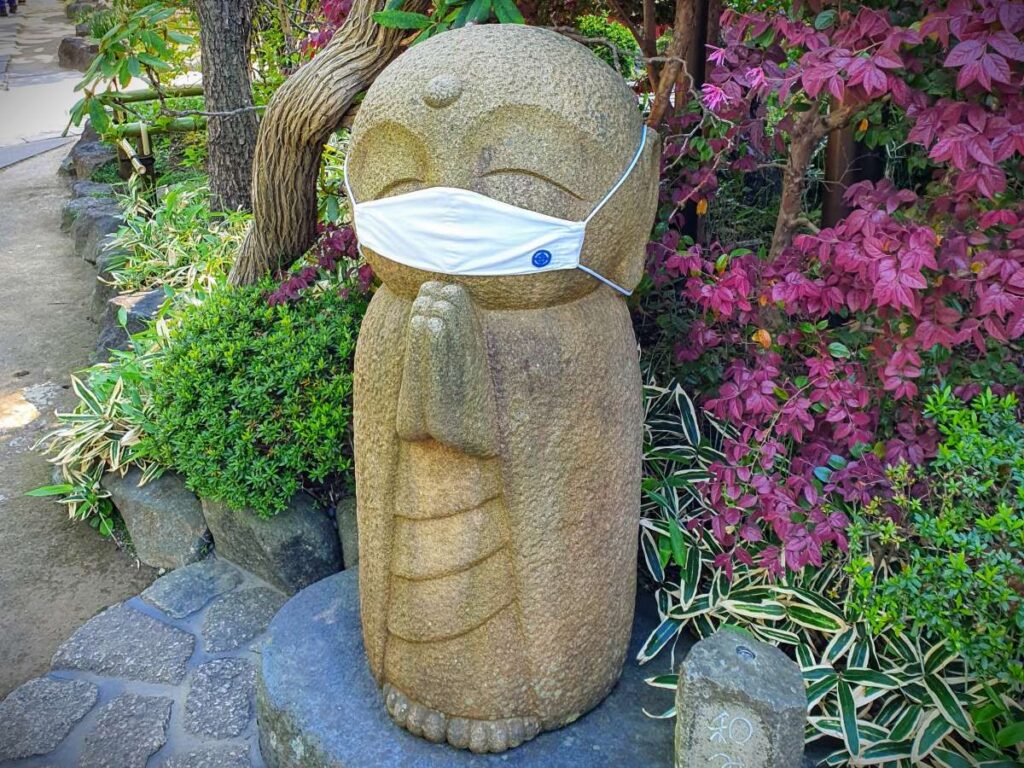
Even in November 2022, more than 95% of people are still wearing facemasks. You wear them everywhere. When having a meal, take them off when the first drinks/entre/meal comes out and put your mask back on at the end. You can also can go mask-less if you’re outside walking or hiking and there’s not many people around.
25. Onsen
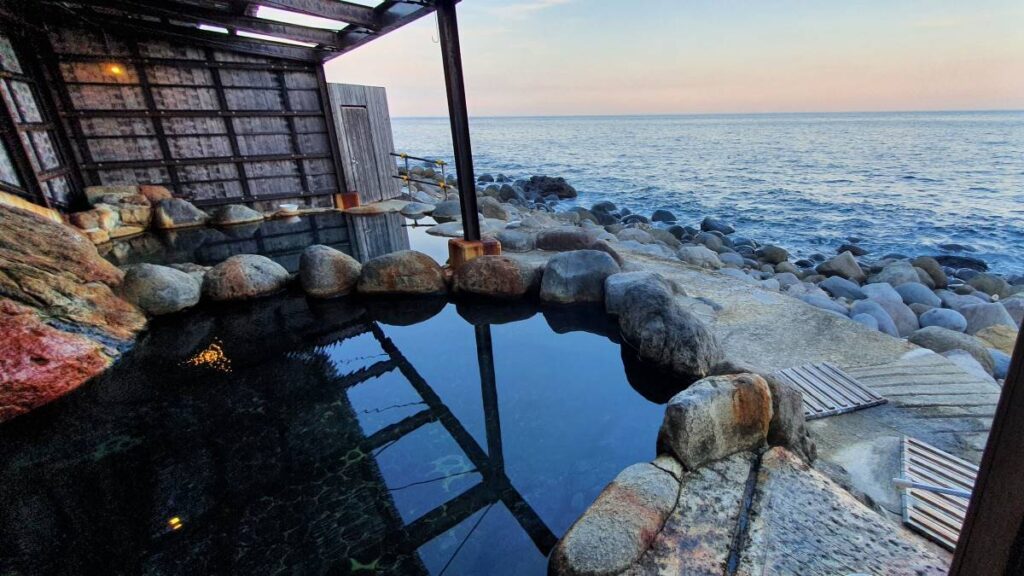
The quick rules of going to a Japanese bathhouse are as follows:
- Enter the gender segregated area (changing rooms). Strip naked. Put your stuff in a locker or cubby hole.
- Obvious but no phones or cameras. Note I had permission from the operator to take the above photo as this was just after closing time.
- Optional: You can carry in a small hand towel, usually provided, and use this as a modesty towel.
- Enter the bathing area, take a shower. Sit on the stool while having your shower. Wash with soap.
- Rinse off all soap. No soap allowed in the onsen baths.
- Tie your hair up. No hair allowed in the baths.
- Enjoy your bath. If you brought a small modesty towel, don’t put this in the bath water. Fold it up and put it on the side of the bath or on your head while you are in the bath.
- You can alternate between hot pools, cold pools and sauna freely. If there’s no cold pool feel free to have a cold shower or fill one of the wooden buckets with cold water and pour it over yourself (outside of the bath) to cool off before getting in the bath again, or before leaving.
- The changing room usually provides shaving products, face tonic, and hair tonic, hair dryers, etc. Feel free to use all of these products.
26. Carry your passport
Though we have never encountered it, you can be stopped by the police and they can ask to see your visa (or entry stamp). If you don’t have your passport on you this can cause a bunch of problems and potentially ruin the rest of your day. So keep your passport on you in a safe pocket in your day bag where it can get wet or damaged.
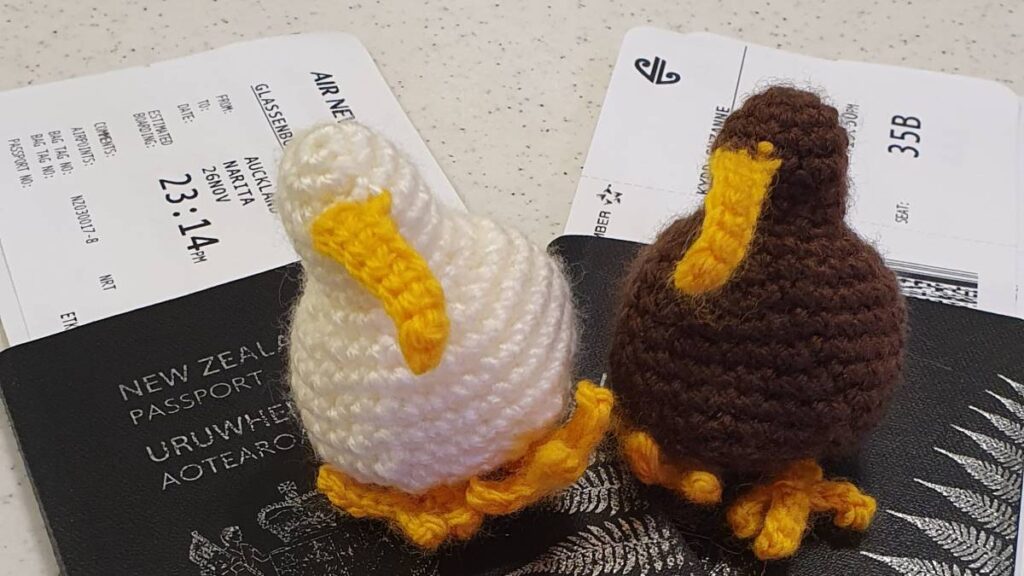
27. Where can I find a toilet?
Finding a public toilet in Japan can be hard unless you know where to look. Luckily we have you sorted!
- 95% of train stations have public toilets. The toilet will always be on the track side of the ticket gate, i.e. you have to tap your card and go through the ticket gate to get to the toilet. So go to the bathroom before or after riding a train!
- 90% of convenience stores have public toilets.
- Big shops like Don Quijote, Bic Camera, Yodobashi Camera, etc always have toilets
- Public toilets are rare but do exist. Actually there are quite a few in Asakusa around Sensoji temple. These are pinned on google maps so give that a go.
- Most cafes, restaurants, and fast food places always have toilets. Like other countries you are expected to buy something to use the toilets.
28. How do I flush this thing!?
It’s a good idea to familiarise yourself with all the buttons and different ways of flushing a toilet in Japan. These functions can include small (小)and large (大) flushes, a bidet, a dryer, and an automatic lid opener.
Sometimes the controls are labelled in English as well as Japanese, but more often than not, you’ll be left to figure out the pictures and kanji characters yourself. The icons should be reasonably self-explanatory, but if you’re feeling nervous about it, you can search for a sample image online.
29. Lining up for a restaurant
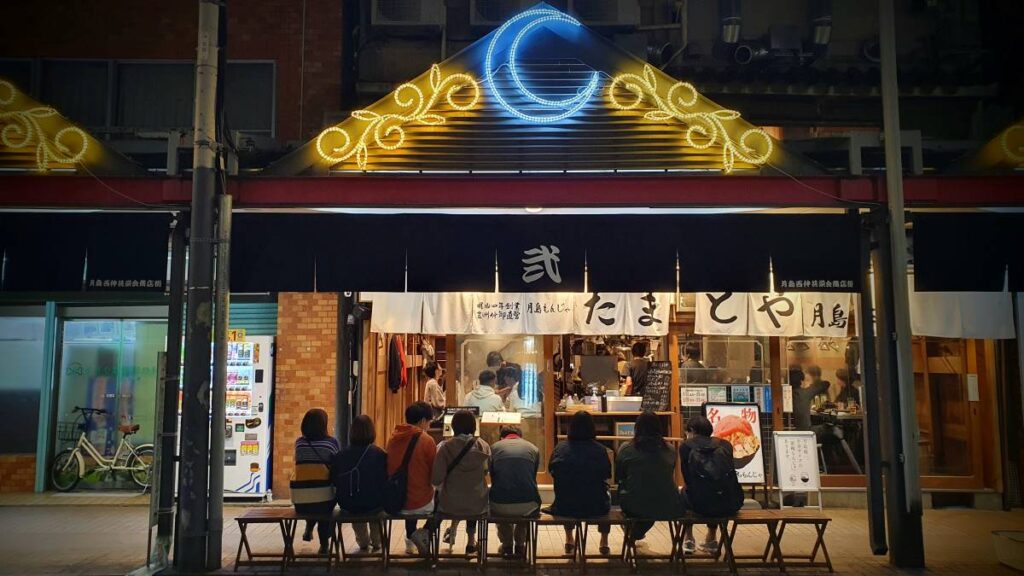
It still amazes me how Tokyo manages to feed 36 million people. Expect to queue if you’re going somewhere around 7pm. Famous places you see on Instagram will be popular, so expect to queue at these places for 30-60 minutes. You can tell where the famous places are, they have a massive queue while the place next door is empty!
Hot tip – get there 5:50pm rather than 6:00pm, people gravitate to round numbers.
Hot tip #2 – some places have a queue system where you write your name, and how many people are in your party, on a paper list or ipad outside the shop. Check the place doesn’t have one of these before standing in a never ending queue! If you hear the shop staff calling names and then see people entering, they definitely have one of these systems!
30. Don’t be afraid to sleep in!
If you’re spending your day in a city then don’t be afraid to catch up on some zzz’s. Many stores don’t actually open until 10 am or later, and then close quite late in the afternoon/evening. Don’t make the mistake that we did, of going to Shibuya at 8:30 am to try and catch the morning Shibuya Scramble rush, only to find that there is no morning rush because nothing is open yet!
Other things to check out before you leave:
- Is the JR rail pass right for my trip?
- How do I get a transport card? (Pasmo/Suica)
- Where are some good areas to book hotels in Tokyo?
- How to navigate the subway system using Google Maps.

